The debut of ‘in-between’ furniture system created by Foster + Partners Industrial Design x Benchmark and Kingston University student creations give underused hardwoods a fresh perspective.

July 3rd, 2024
For years, the American Hardwood Export Council (AHEC) has fostered design innovation through collaboration with established as well as emerging designers. Most, if not all of such collaborations’ premise focuses on championing environmental stewardship by exploring the possibilities of underutilised American hardwoods.
At this year’s Clerkenwell Design Week, AHEC called to attention two groundbreaking projects that demonstrate the creative and practical properties of underused American red oak and low-grade cherry. Though different in outcomes, both projects highlight the importance of sustainable practices in design and the potential of overlooked materials.
Related: Advancing design innovation through collaboration

ILE modular furniture
Two British powerhouses, Foster + Partners Industrial Design and furniture maker Benchmark, joined forces to create a versatile timber furniture collection designed to optimise underutilised office spaces. The ILE modular system includes benches, tables, lockers, shelves, and planters that interlock using an innovative timber fixing strip, allowing various configurations to suit different working modes. It accommodates lighting rails, power displays, and accessories like shelves and bookends, enhancing its adaptability.

With offices averaging ten fitouts over 60 years, ILE’s reconfigurable design and durable hardwood construction ensure longevity. ILE uses American red oak and British ash, chosen for their practicality, affordability, and sustainability. The red oak, sourced from the Northern Appalachians, is especially sustainable due to its rapid regeneration and underuse, contributing positively to forest management.




The Cherry Project
High-grade cherry timber is popular in high-end joinery, but lower grades, though equally beautiful and sustainable, are less used. To promote sustainability, Kingston University students were tasked with creating furniture from lower-grade American cherry. This initiative by AHEC encourages using all parts of a harvested tree, leading to cost-effectiveness and environmental stewardship.


As part of their ‘Intelligent Making’ module, 50 second-year Product & Furniture Design students crafted new designs from cherry wood offcuts. This hands-on approach allowed students to explore materials, develop structural principles, and create full-size prototypes. The resulting collection includes stools, shelving, benches, and even a playground seesaw, showcasing cherry wood’s versatility and the students’ creativity. Fourteen of the students’ pieces were on display at the ‘Future Laboratory’ exhibition throughout Clerkenwell Design Week 2024.











AHEC



We think you might also like Discovered Singapore presents 10 hardwood creations by emerging APAC designers
INDESIGN is on instagram
Follow @indesignlive
A searchable and comprehensive guide for specifying leading products and their suppliers
Keep up to date with the latest and greatest from our industry BFF's!
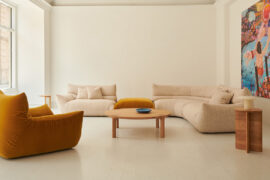
A curated exhibition in Frederiksstaden captures the spirit of Australian design

Welcomed to the Australian design scene in 2024, Kokuyo is set to redefine collaboration, bringing its unique blend of colour and function to individuals and corporations, designed to be used Any Way!

The undeniable thread connecting Herman Miller and Knoll’s design legacies across the decades now finds its profound physical embodiment at MillerKnoll’s new Design Yard Archives.

London-based design duo Raw Edges have joined forces with Established & Sons and Tongue & Groove to introduce Wall to Wall – a hand-stained, “living collection” that transforms parquet flooring into a canvas of colour, pattern, and possibility.
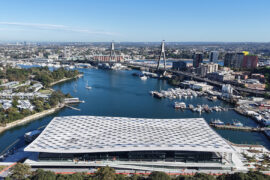
With a date now set for January 2026, Sydney’s landmark project is taking shape as a significant and welcome addition to civic life in the city.
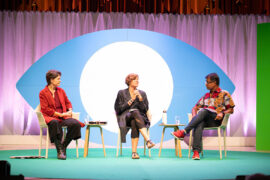
At the World Design Congress in London, a simple idea threaded through two dense days: design is not an island. It moves inside wider systems of economics, policy, finance and ecology.
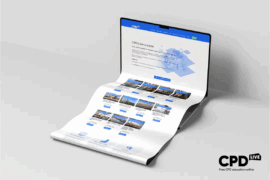
The final day of CPD Live’s 2025 season delivers three must-attend sessions exploring circular design for furniture and fitouts, and the science behind safe, high-quality drinking water. Starting from 9 AM AEDT, 16th October – it’s your last opportunity this year to join our Live CPD sessions and finish 2025 inspired.
The internet never sleeps! Here's the stuff you might have missed

Abbotsford Convent has appointed Kennedy Nolan to guide the next stage of development at the heritage-listed Melbourne precinct, continuing its evolution as a cultural and community landmark.
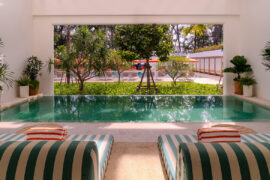
Opening in October 2025, The Standard, Pattaya Na Jomtien brings together ONION, DIN Studio, Studio Lupine and Verena Haller to create a sculptural modernist retreat where art, architecture and coastal culture meet.
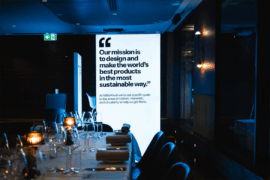
MillerKnoll reimagines the convention of dinner table interactions by plating up a future-forward menu of sustainable design conversation starters as part of the inspiring “Conversations for a Better World” event series.